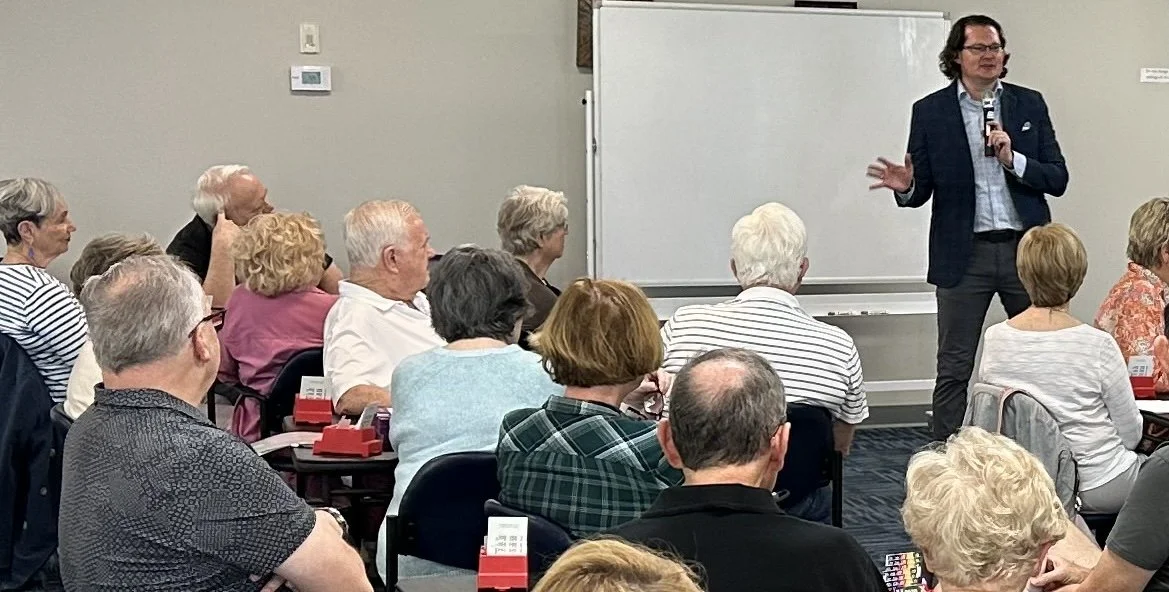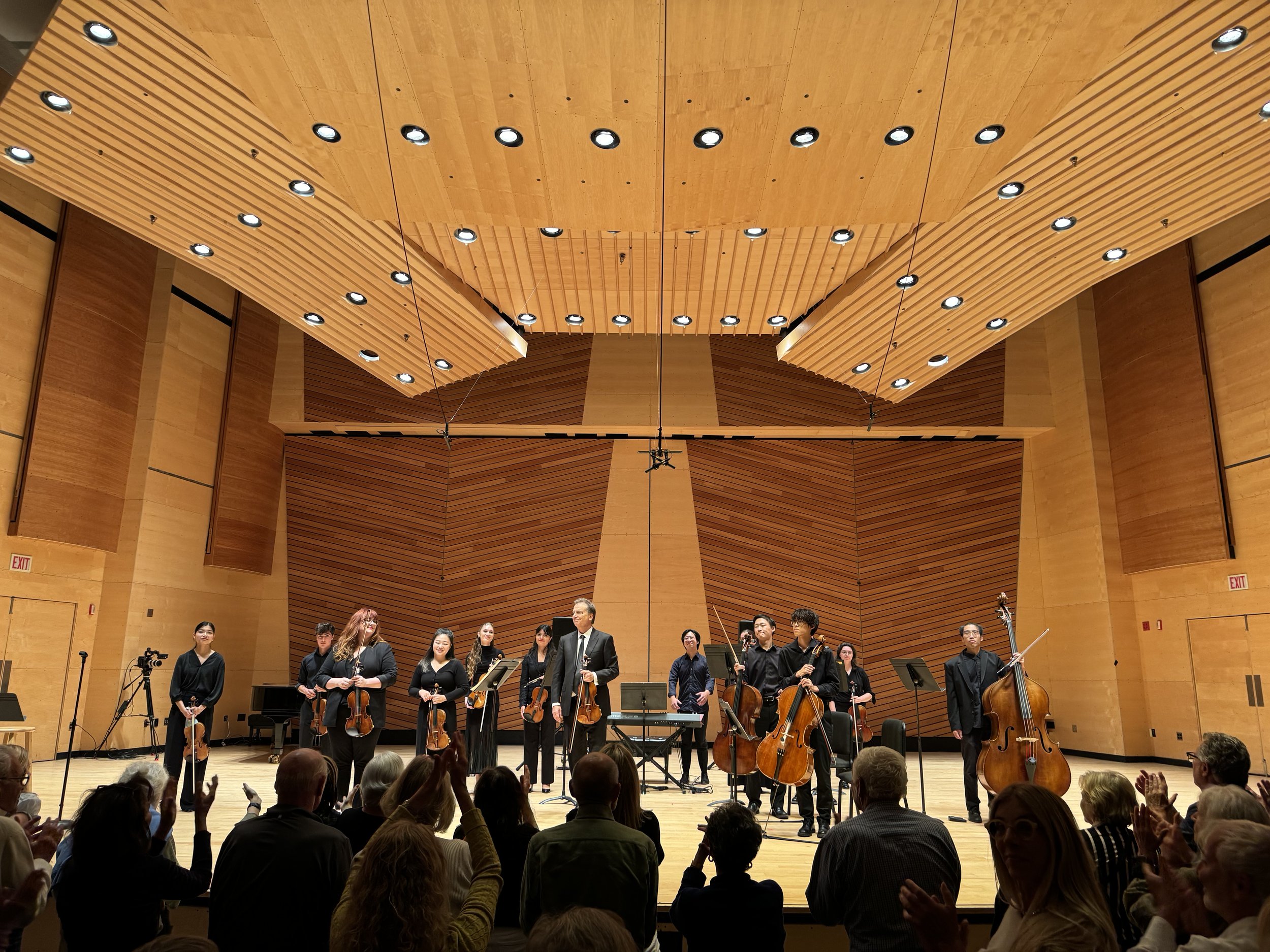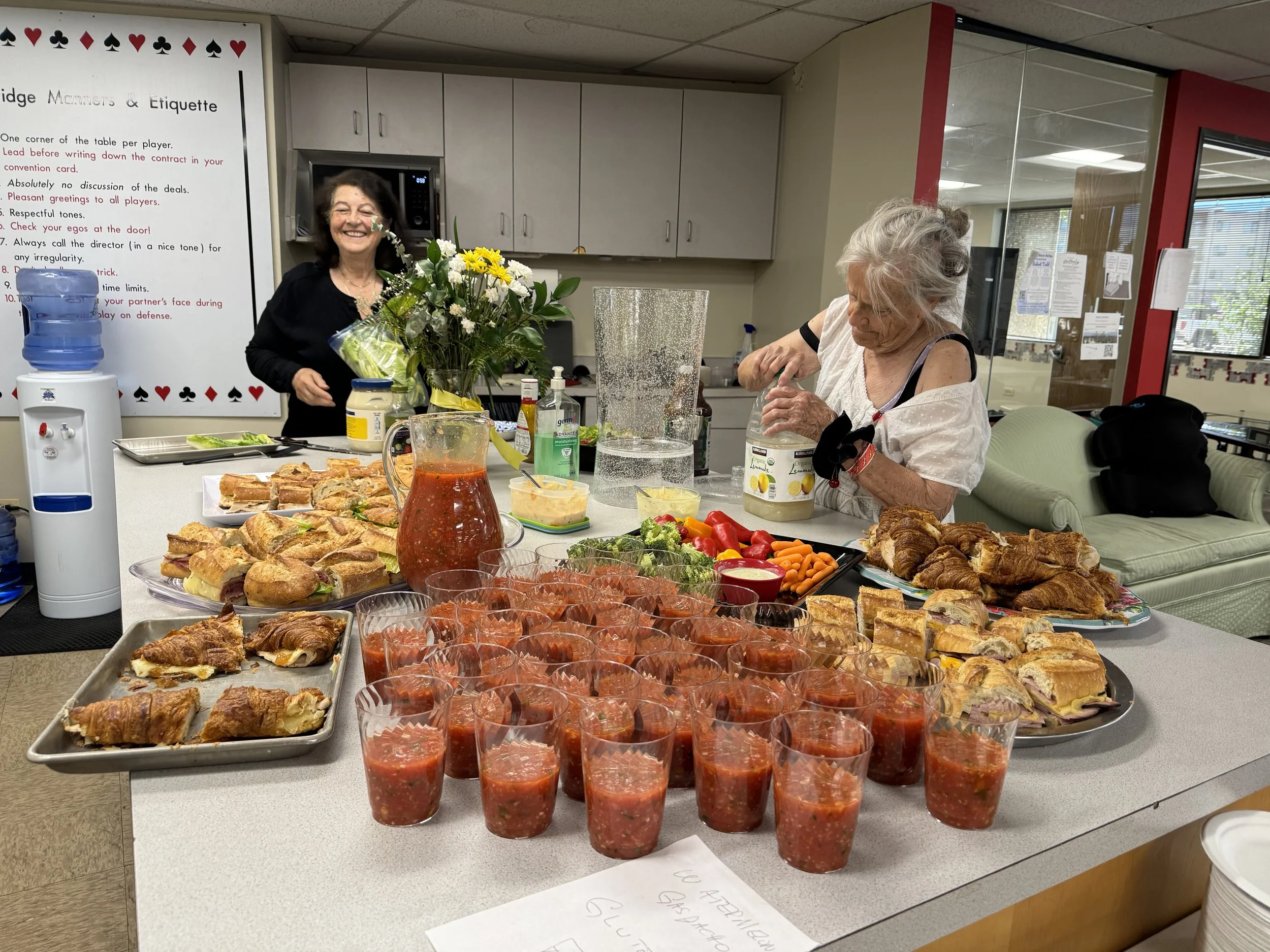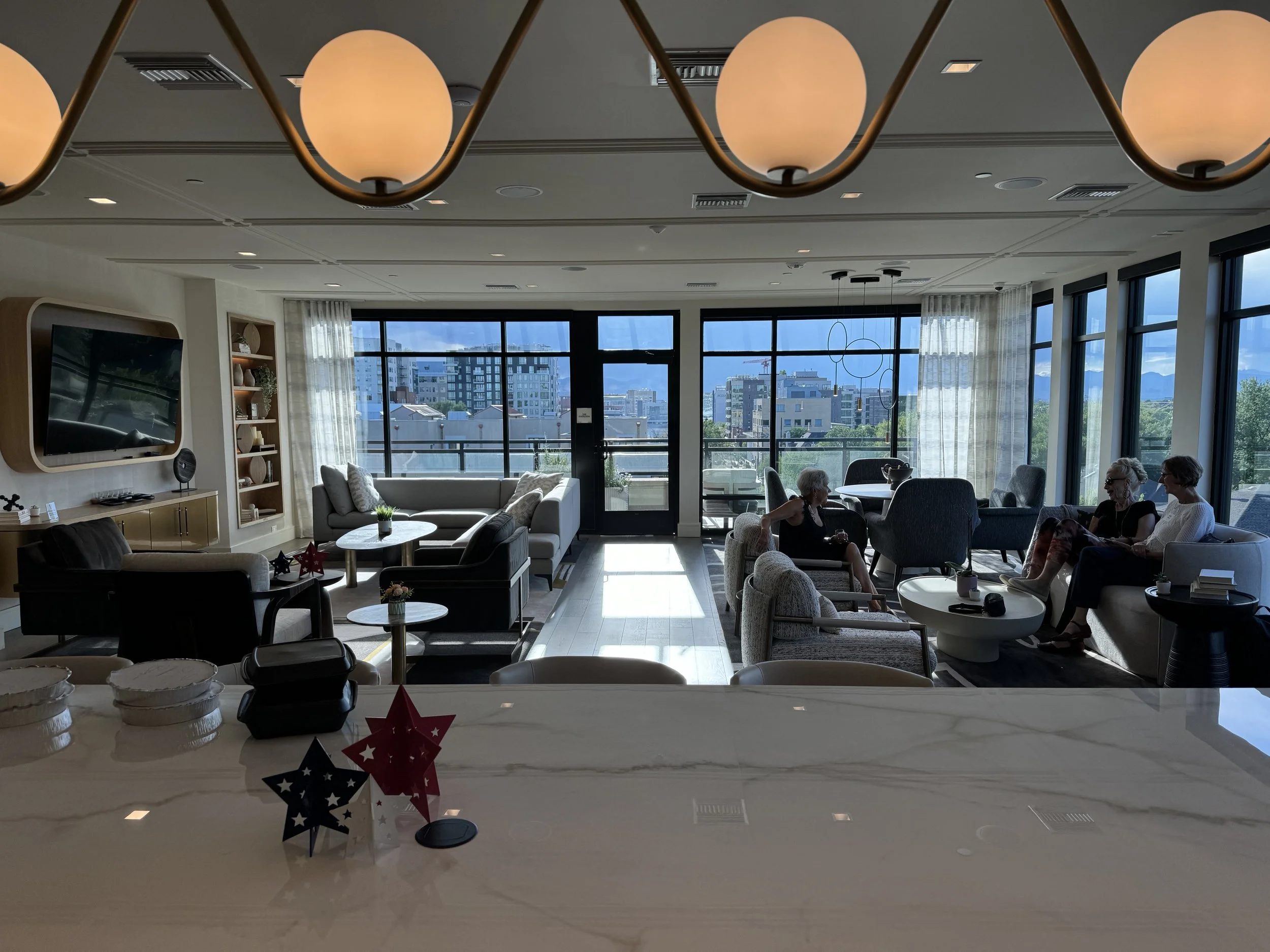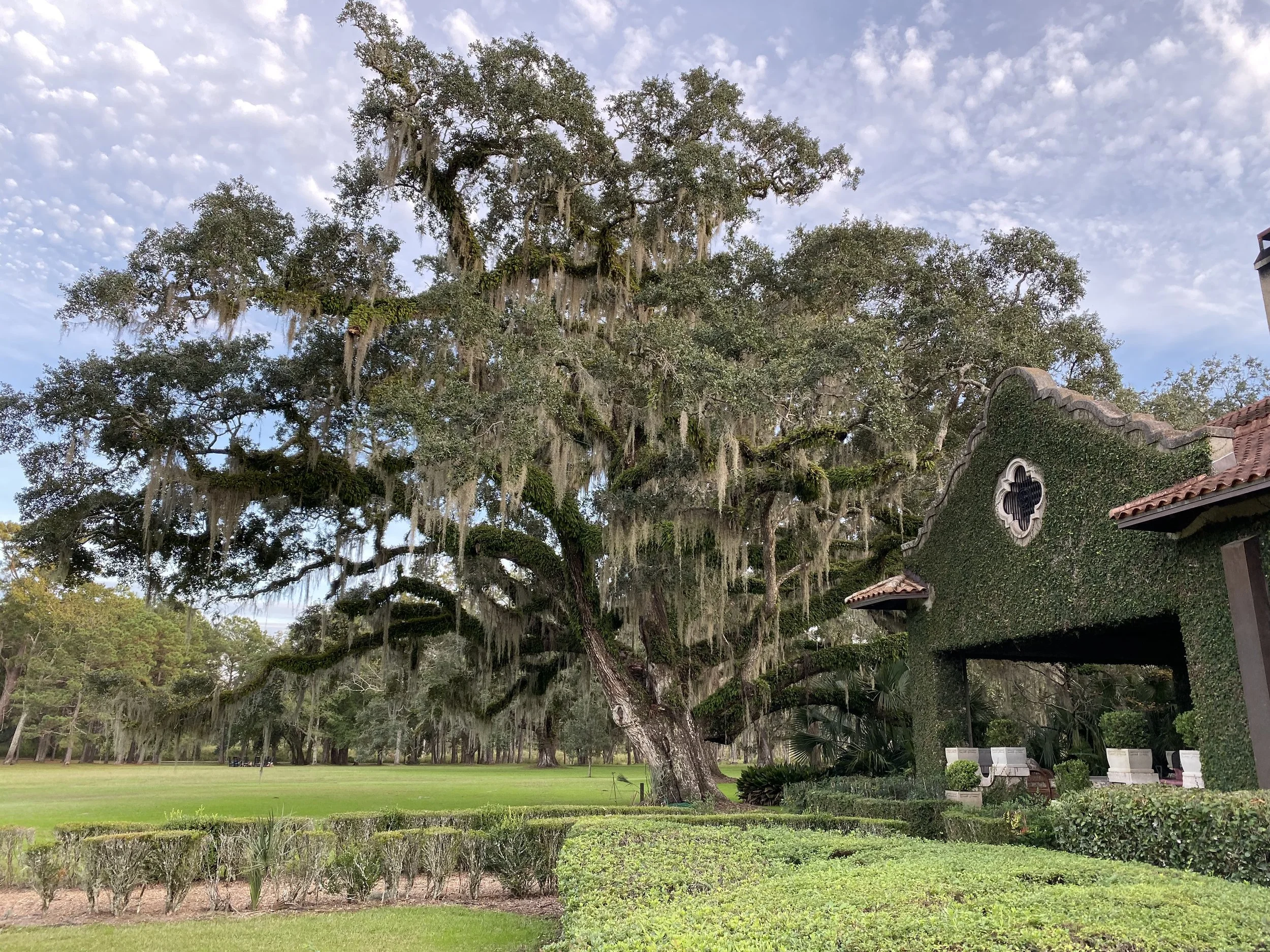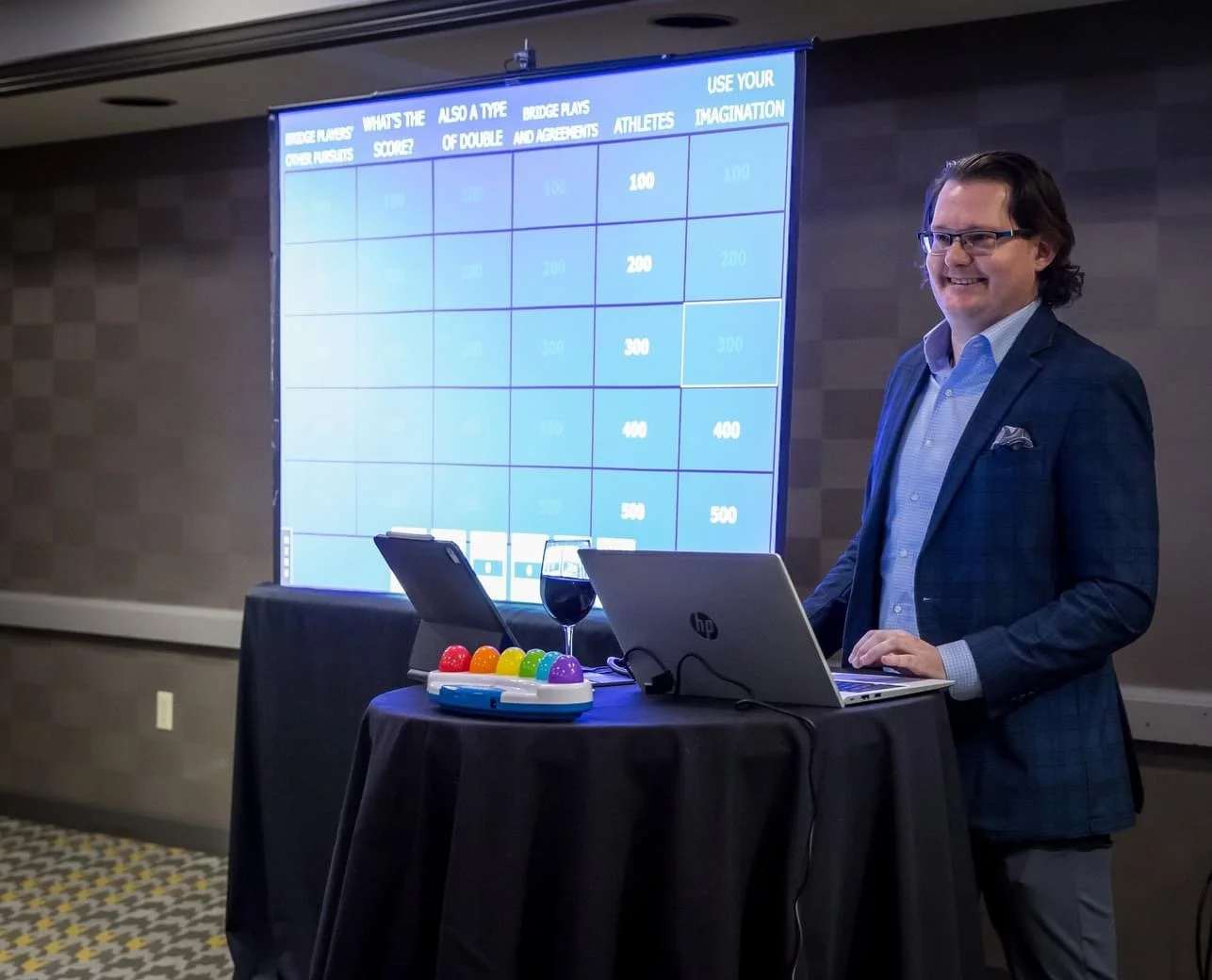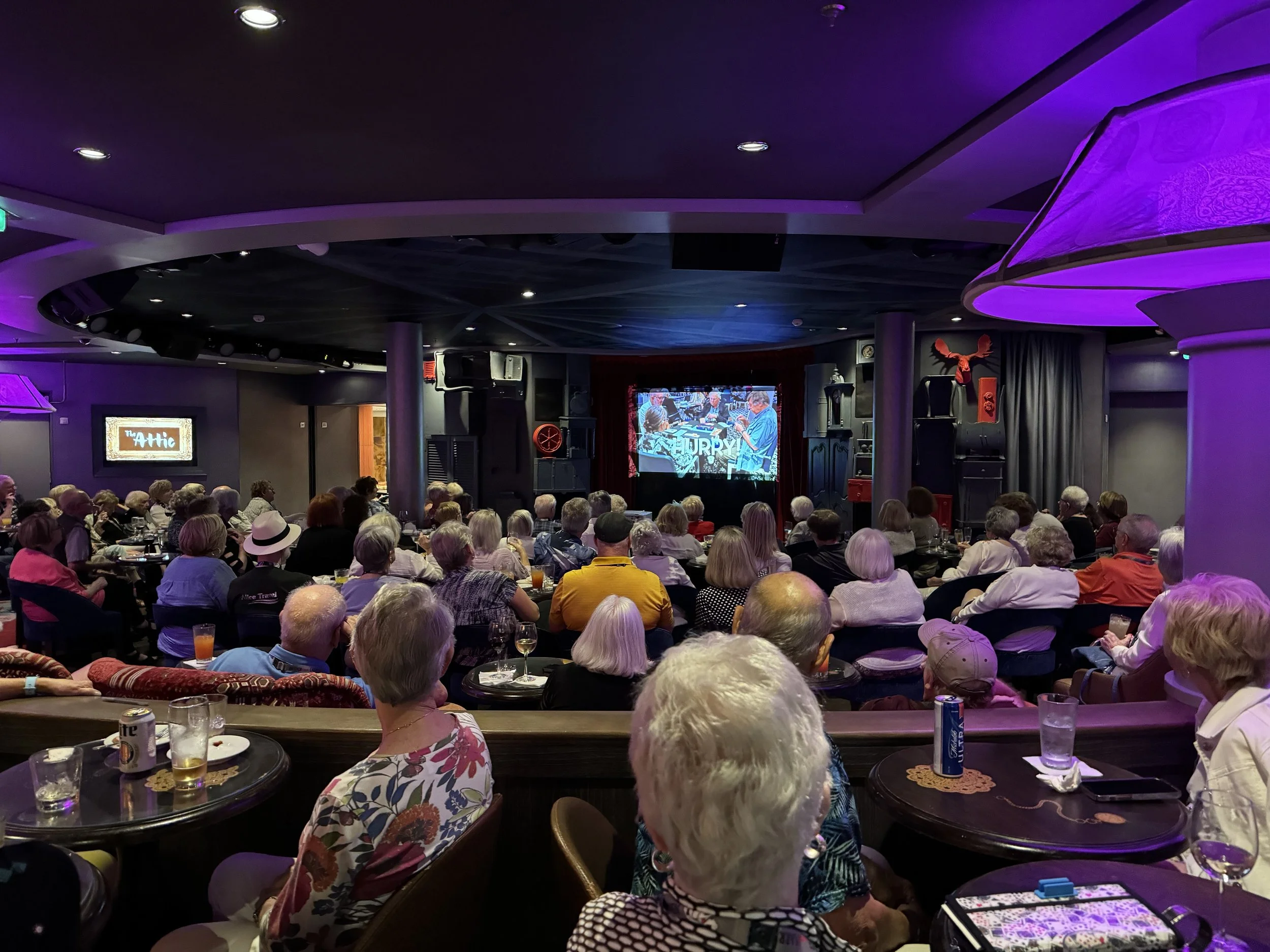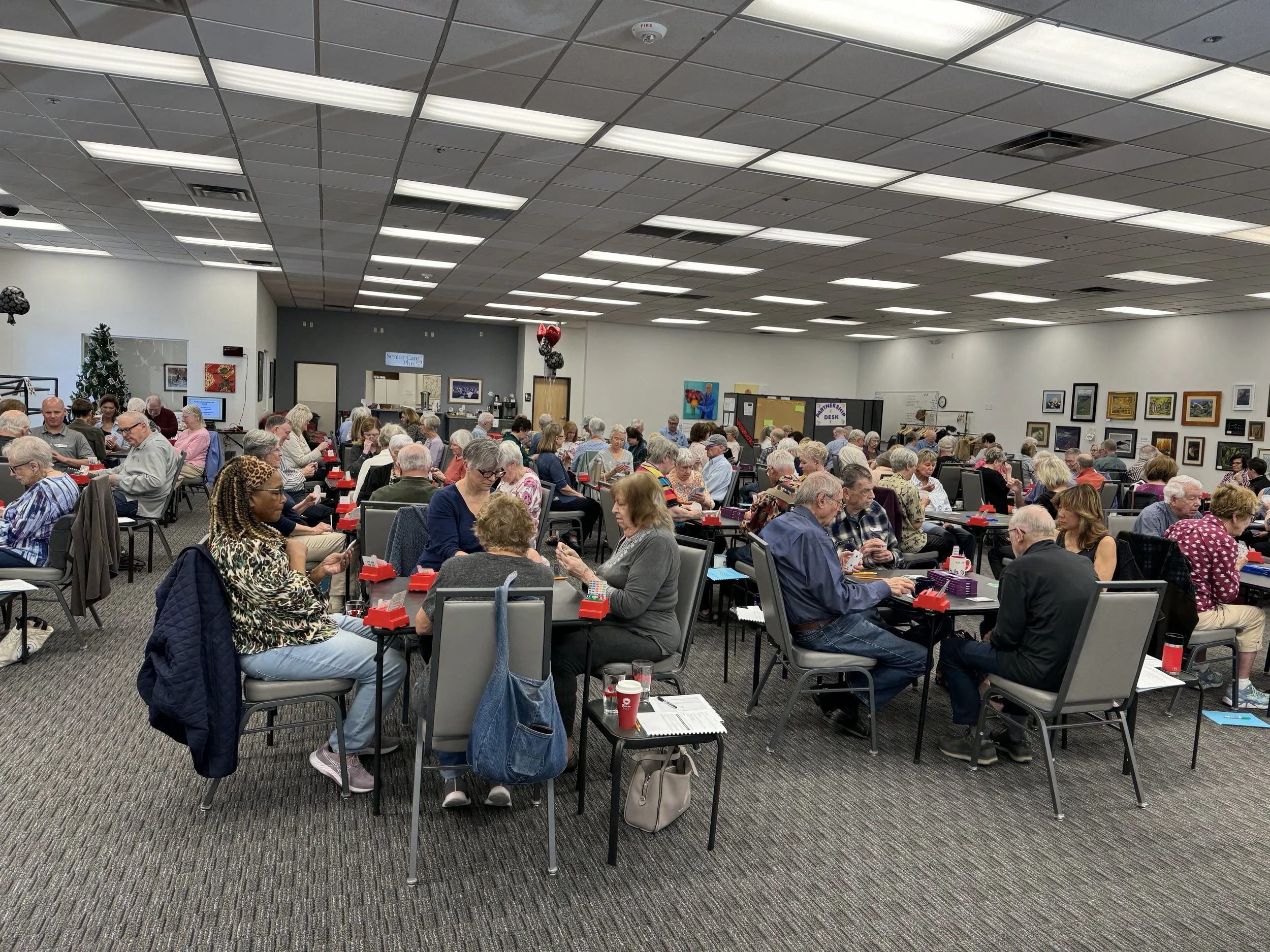There are many artificial systems for competing over the opponent’s 1NT opening bid. Systems like DONT or Meckwell are built around finding a fit and competing in the bidding as efficiently as possible – allowing us to show all our suits at the 2-level. One downside of playing DONT or Meckwell is when we show a 2-suited hand (like a Major + minor) then we do not know which suit is longer (either one could be a 5-card or 4-card suit). This can lead to missing a Major suit fit. There is another system, called Woolsey (named after its creator Kit Woolsey, one of the top bidding theorists) that is focused on finding Major suit fits while allowing us to compete as cheaply as possible. Let’s see how this system works.
(541) NT Bidding: DONT and Meckwell
(540) Slam Bidding: Last Train Slam Try
One of the ways that we investigate slam in a suit contract is the use of control showing bids. When one member of the partnership is interested in slam then they show this interest by making a control showing bid. Based on our partnership agreement this control showing bid either shows a 1st round control or a 2nd round control in the suit bid. Once we start the process of making control showing bids then we continue to do so to explore slam. But as the auction approaches game we have a big decision to make, should we go past game or not. This can be a difficult decision; we should not go past game without a good reason -- some extra values. In this situation we would like to have a way to make “one more try for slam”. The way that we do that is with a convention called the Last Train to Clarksville (“Last Train”). Let’s see how this gadget works!
(539) Slam Bidding: Non-Serious 3NT
When we find a Major suit fit at the 3-level in a game forcing auction, then partner is usually expressing interest in slam (because without slam interest, partner would have applied the Principle of Fast Arrival and bid 4M.) In this case, now we usually express whether we have slam interest or not by either making a cuebid or simply bidding game with 4M. A partnership can use a gadget called “Non-Serious 3NT” to gain even further clarification about a player’s level of slam interest.
(538) Slam Bidding: Q-Minorwood
When we have a minor suit fit, keeping the auction below 5-minor, while trying for slam is one of the advantages of minorwood — using 4-minor as an asking asking tool. By making an improvement to our Ace-showing structure in Minorwood, we can combine both Keycard-asking and quantitative bidding into one structure. This new structure is called Q-Minorwood.
(537) Slam Bidding: Responding to 4NT Keycard with a Void
When partner bids 4NT as Keycard in our established fit, a void in a side suit can be useful. We may still be able to make a slam if we are missing two Aces/Keycards if the void is in a suit of one of those missing side Aces. We need a way to tell partner about this void if we haven’t already done so earlier in the auction.
(536) Slam Bidding: Dealing with Interference Over Ace-Asking Bids
On some highly distributional hands when we ask for Keycards (or Aces) using 4NT, the opponents choose to bid over our 4NT bid in an effort to obstruct our communication and “get in the way”. We should be prepared for this type of interference and have agreements for how to communicate with partner (show our number of Keycards or Aces) in this situation. Here we look at how to do this.
(535) Slam Bidding: 5NT Choice of Slams
5NT is not a common bid. We most frequently use it in Ace-asking auctions to ask for Kings. We now have another use of a 5NT bid in Grand Slam Force. But trying for a grand slam is a rare occurrence and we would like to use 5NT (specially a jump to 5NT) for another more frequently useful purpose. The modern approach is to play a jump to 5NT as a “choice of slams” to help up find the best small slam. Let’s see how this works.
(534) Slam Bidding: 5-Major Bids - "Obvious Question"
We can use a 5-Major bid for something other than to end the auction. 5-Major can be bid concisely for a variety of reasons -- to take away bidding space from the opponents or to ask partner a specific question (which we call the “obvious question”). Let’s look at our options for how to make use of this 5-Major bid.
(533) Slam Bidding: Minor Suit Slams After 1NT Openings
Minor suit slams are much harder to bid than Major suit slams. This is especially true after we open the bidding with 1NT (or 2NT). We start off the auction looking for Major suit fits and only then look for our minor suit fits after that. These Major suit showing bids are the cheapest bids and that means that our minor suit showing bids take up more space. We look at how we overcome this bidding challenge to bid good minor suit slams.
(532) Slam Bidding: Forcing Pass Auctions
When we are in a game forcing auction and the opponents interfere (usually to sacrifice) it is clear that we are not going to go quietly and just let them steal the contract. If the opponents bid over us, then we will either double them and defend or bid on to our game. Forcing Pass is an agreement used to help us work together with partner to make a good decision about which to do.
(531) Fits and More: Systems for Describing Our 2-Level Preempts
When partner preempts the bidding at the 2-Level, and we have a good hand we expect the auction to be difficult. We need to have good agreements with partner and exercise some good judgment to get to the right final contract. When we have a fit for partner’s suit (especially a Major suit) then we know what strain we are likely to play in. We need to exchange useful information with partner. There are a variety of systems for accomplishing this, including Optional Feature, Ogust, Steps, and Modified Ogust.
(530) Fits and More: Over-Splinters
When partner opens the bidding with 1-Major and Responder makes a Splinter bid then this shows our fit, values, and shortness all in one call. This gives an excellent description of our hand and allows partner to re-evaluate their hand based on their working values. In a sophisticated partnership we may choose to have multiple types of splinters, allowing us to communicate even more information to partner. Here we look at the use of Over-Splinters and see how we can use them to give partner additional information about our hand, allowing them to better judge if slam is likely to be a good contract.
(529) Fits and More: 2NT Trump Suit Game Try - Spiral
(528) Fits and More: More Mixed Raises in Competition
(527) Fits and More: Advancing Partner's Overcall without a Fit
(526) Fits and More: Raising Partner's Overcall
(525) Fits and More: 2-Way Reverse Drury
When partner opens in 3rd or 4th seat and we have a good hand, we do not want to go jumping around to show it – partner may have no game interest for their opening bid. We want to have an effective way of describing our good hands cheaply when partner opens in 3rd or 4th seat. When partner opens 1-Major and we have a maximum passed hand with a fit, then we want to be able to show this to partner without getting too high. This is what the Drury convention accomplishes.
(524) Fits and More: Raising Partner in Competition
One of the most important parts of bridge is raising partner. We try to raise Opener whenever possible. We may choose not to support partner immediately if we feel we have something more pressing to communicate, in which case we can respond in our own Major, use a negative double, or bid some number of notrump, but in general we strive to “support with support.”


